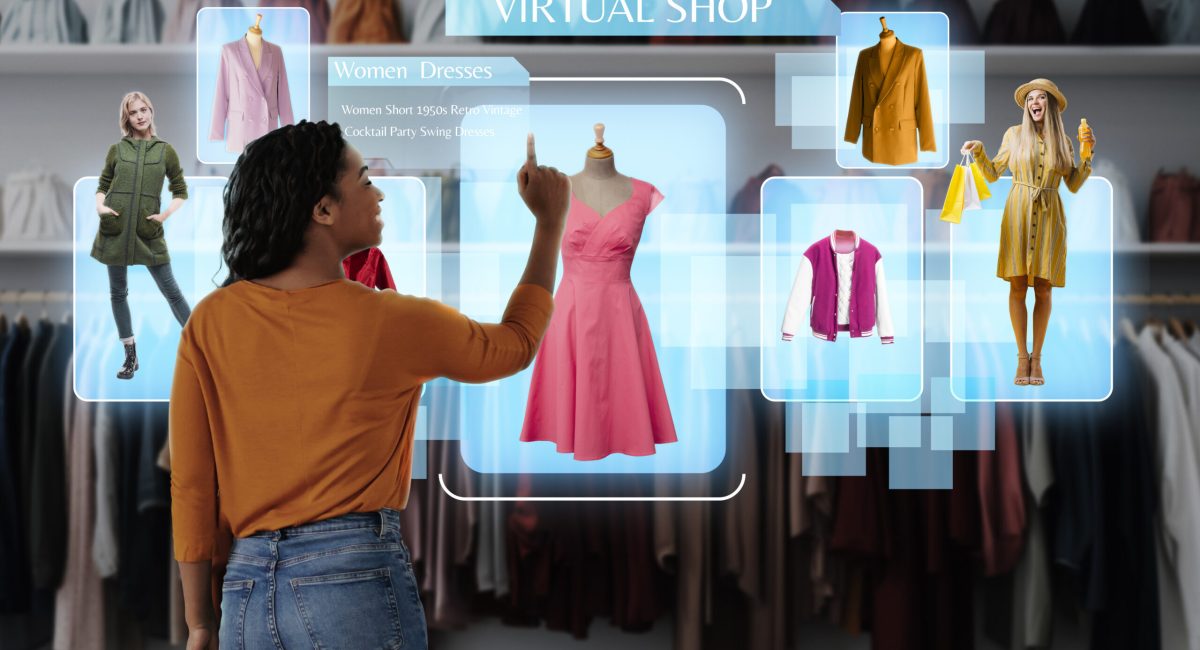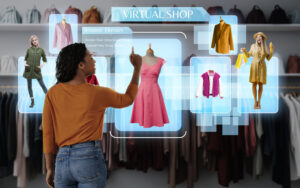In the innovative sphere of cutting-edge marketing, staying ahead of the curve isn’t just a strategy—it’s a necessity for survival in the fiercely competitive landscape of business. As markets evolve and consumer expectations skyrocket, businesses are constantly seeking innovative ways to stand out from the crowd.
Augmented Reality (AR) and Virtual Reality (VR) have emerged not just as mere trends but are significant pillars reshaping marketing in profound ways. In 2024, the AR and VR market is expected to yield revenue amounting to US$38.6 billion.
Let’s have a look at how AR and VR have transformed the marketing landscape.
Experiential Marketing
Experiential marketing focuses on engaging audiences through interactive and memorable experiences, rather than simply delivering marketing messages. The technologies used in traditional marketing transcend traditional advertising methods, enabling brands to engage audiences through interactive and captivating experiences. In the era of experiential marketing, AR and VR have become indispensable tools for brands seeking to create immersive experiences that resonate with consumers.
The North Face’s VR adventure transports users to breathtaking landscapes and showcases the brand’s outdoor gear in action. This facilitates experiential marketing for the adventurers who wish to get an understanding about their next traveling destination.
Gamification has also become a powerful tool in experiential marketing, and AR and VR are taking it to new heights. Picture this: You’re strolling down the street when you come across a billboard promoting a new energy drink. But instead of just a static image, this billboard offers something more engaging. It features an augmented reality (AR) game. To play, you simply scan the QR code displayed on the billboard using your smartphone. Once scanned, the game launches on your phone, allowing you to compete in a virtual obstacle course. Your goal is to navigate through the course, collecting points along the way. As you accumulate points, you unlock rewards such as discounts or exclusive merchandise. This innovative approach to advertising not only grabs your attention but also turns the mundane act of passing by a billboard into an exciting and interactive experience.
Personalized Experiences: Tailoring Marketing to Individual Tastes
Personalization involves tailoring marketing messages and experiences to specific individuals or segments, based on their preferences, behavior, and demographics. Gone are the days of generic marketing messages, now replaced by a spectrum of personalization tailored to individual preferences and needs. AR and VR enable brands to deliver personalized experiences tailored to individual preferences and tastes.
Consider Sephora’s Virtual Artist app, which allows users to virtually try on makeup products and experiment with different looks. By catering to each user’s unique style and preferences, Sephora enhances the shopping experience, fostering a deeper connection with the brand, leading to a 25% increase in their add-to-basket rate and a staggering 35% increase in conversions.
Similarly, L’Oreal’s AR makeup filters empower users to experiment with different looks, fostering creativity and self-expression.






